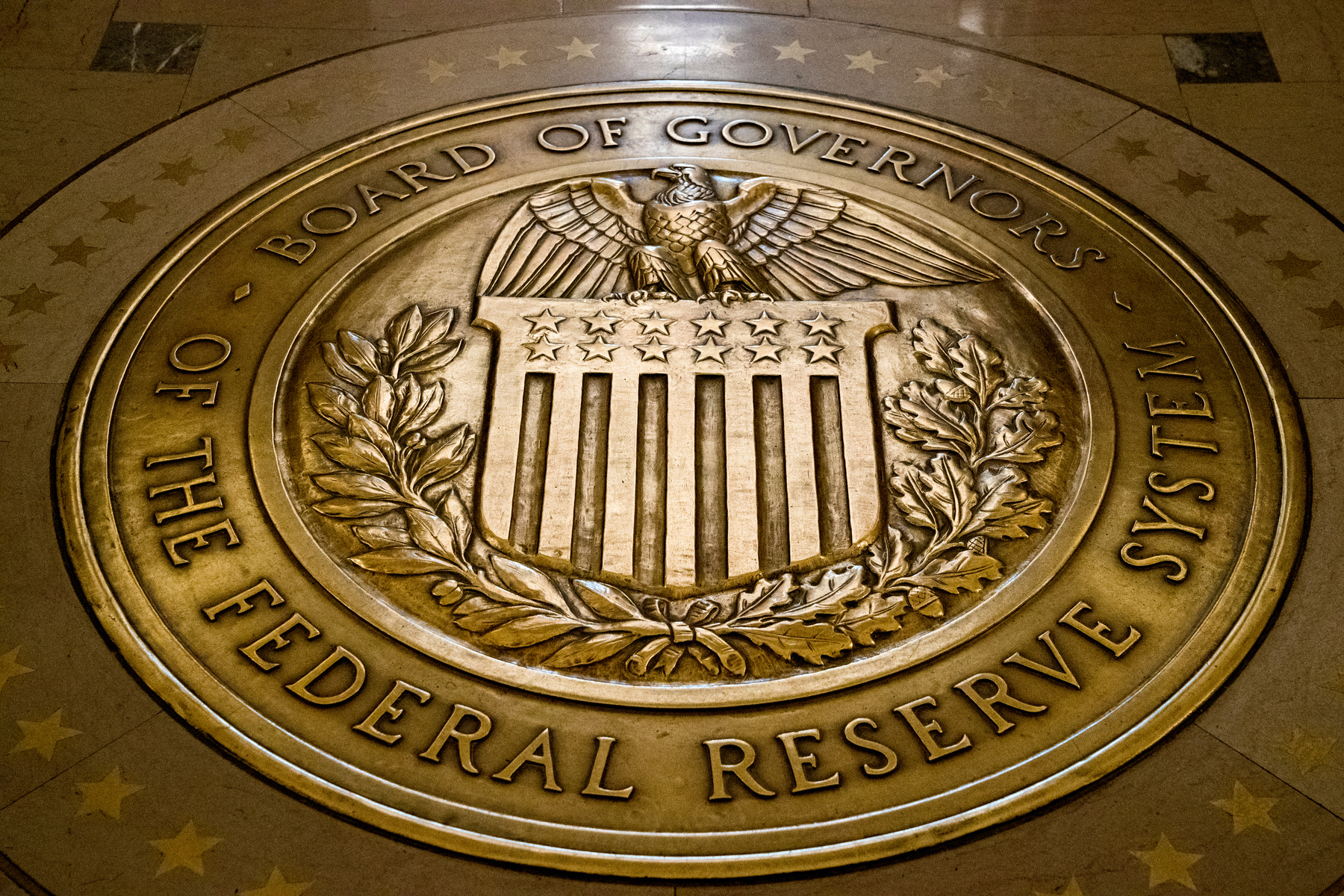In what cases banks use the discount window
The discount window is a lending service provided by the Federal Reserve to financial institutions. Such loans are made at a discount rate and in most cases are secured. Such a move reduces the strain on the reserve market.
Banks use such loans as a way to minimize liquidity difficulties. In addition, the discount window helps increase confidence in the financial sector and generally contributes to its stability.
The Fed offers banks three options for interest rates on such loans. The first is the primary one, which is short-term. It is given to institutions with good financial performance. Another option is the secondary rate, which is also designed for the short term. It is claimed by banks that do not have the right characteristics to get the first one. The seasonal rate is given for debts that must be repaid no later than in a period of 9 months. By issuing such loans, the Fed reserves the right to revise the rate if necessary, such as lowering it. In addition, the regulator can change the maturity of the loan in order to reduce the pressure on banks in times of financial distress.
By issuing such loans, the Fed reserves the right to revise the rate if necessary, such as lowering it. In addition, the regulator can change the maturity of the loan in order to reduce the pressure on banks in times of financial distress.
The need for a discount window arises in times of crisis when almost all banks need to quickly inject funds to improve the stability of the system. At the same time, they cannot borrow from other financial institutions, so only the Fed is left. For example, the discount window allowed in 2008 to keep certain stability in the market. Then the regulator revised the lending period, raising it first to 30 days, and then to 90 days. At the same time, the main rate was reduced to 0.25 p.p., and then returned to the value of 1%.
Most often, the main rate is issued for a very short term – overnight, but only strong banks with a healthy financial system can count on it. It should be understood that the discount window is the way out when there are no other options to maintain stability. In other cases, the Federal Reserve encourages institutions to borrow from each other. In this way, the banks control themselves and keep the market stable. In addition, banks prefer to borrow from each other also because the Fed’s rate is higher than the Federal Funds target.
The term discount window has a counterpart in a number of countries, the “margin lending mechanism. The latter is often used by European regulators, but its essence is the same. In general, we can say that the discount window is a forced measure when all other ways to cope with liquidity have been tried.










